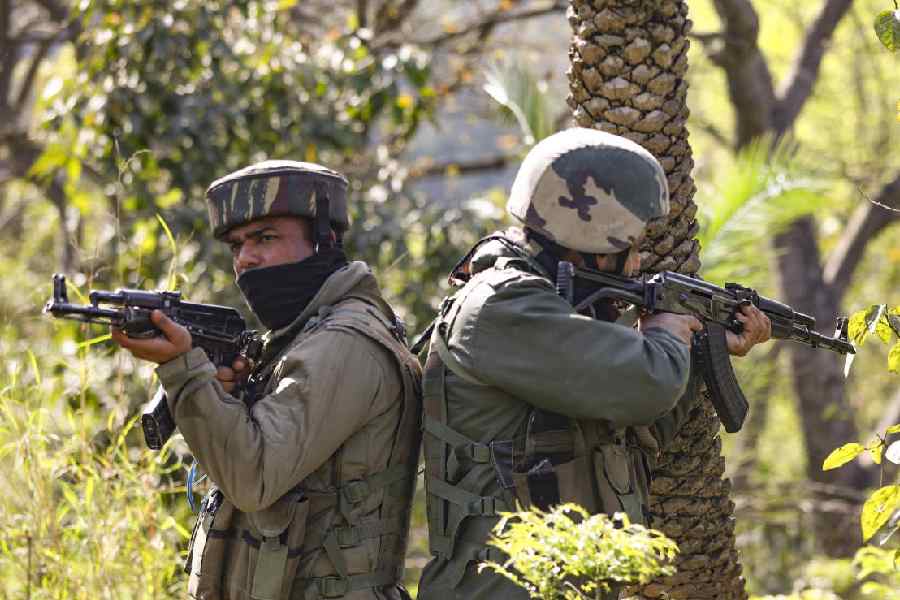 |
What is to be said of a hunter who by his own admission had a “shooting madness” since childhood, killed several hundred heads of game — varying from three to eight feet at shoulder height — during his trek of southern Africa in 1836 to 1837, and whose books and paintings served to bring more hunters and explorers to the (till then) pristine wilderness?
But then, Sir William Cornwallis Harris was also so enraptured by the beauty and majesty of wild Africa that he carried a sketch book all through his safari. In the pre-photography era he immortalized African wilderness. His travelogue, “Narrative of an expedition into southern Africa” (published in 1838), opens with lines by Thomas Pringle: “Afar in the desert I love to ride/ With the silent Bush-boy alone by my side:/ Away, away from the dwellings of men,/ By the wild deer’s haunt, by the buffalo’s glen....”
As noted in this book, he is often sketching game animals while his Bushmen assistants lust after the meat. He later developed these sketches into watercolour compositions which, through the technique of hand-painted lithography, were published in 1840 as Portraits of Game & Wild Animals of Southern Africa. Along with the detailed and often fascinating paintings, Harris provided descriptions of the animals, their habits, and his own thoughts and observations.
As a “special offering for children this summer”, the Victoria Memorial Hall displayed the very rare, large folio of the Portraits within a glass cabinet, and mounted thirty copies of the prints inside. These established Harris’s artistic skill. The long-ish texts alongside (from the Zoological Appendix of the “Narrative”) were by Harris the amateur zoologist, who continues to be a reference point for the Zoological Society of London. Harris had provided sample animals to the British museum, and is credited with the discovery of the new species, the Harris buck.
As a young British military engineer in western India, Harris was overjoyed when the Bombay Medical Board ordered him to travel beyond the Cape of Good Hope to recover from malaria. Apart from hunting, he decided to use this opportunity to set straight existing natural history books. The determination to be accurate rules every composition. The water bucks appear just as Harris must have seen them, startled and wary, ready to scamper away. The hunter in him prompts him to draw the male animal prominently, delineating long antlers, tusks and brindled coats. The landscape — mountains, arid stretches, trees and streams — also features. While drawing the African rhino, for instance, he draws a giant nest of the sociable weaver bird. One can see the tiny openings to the myriad nests and the tiny, sparrow-like birds. Here, too, is the eland (picture), now extinct.











